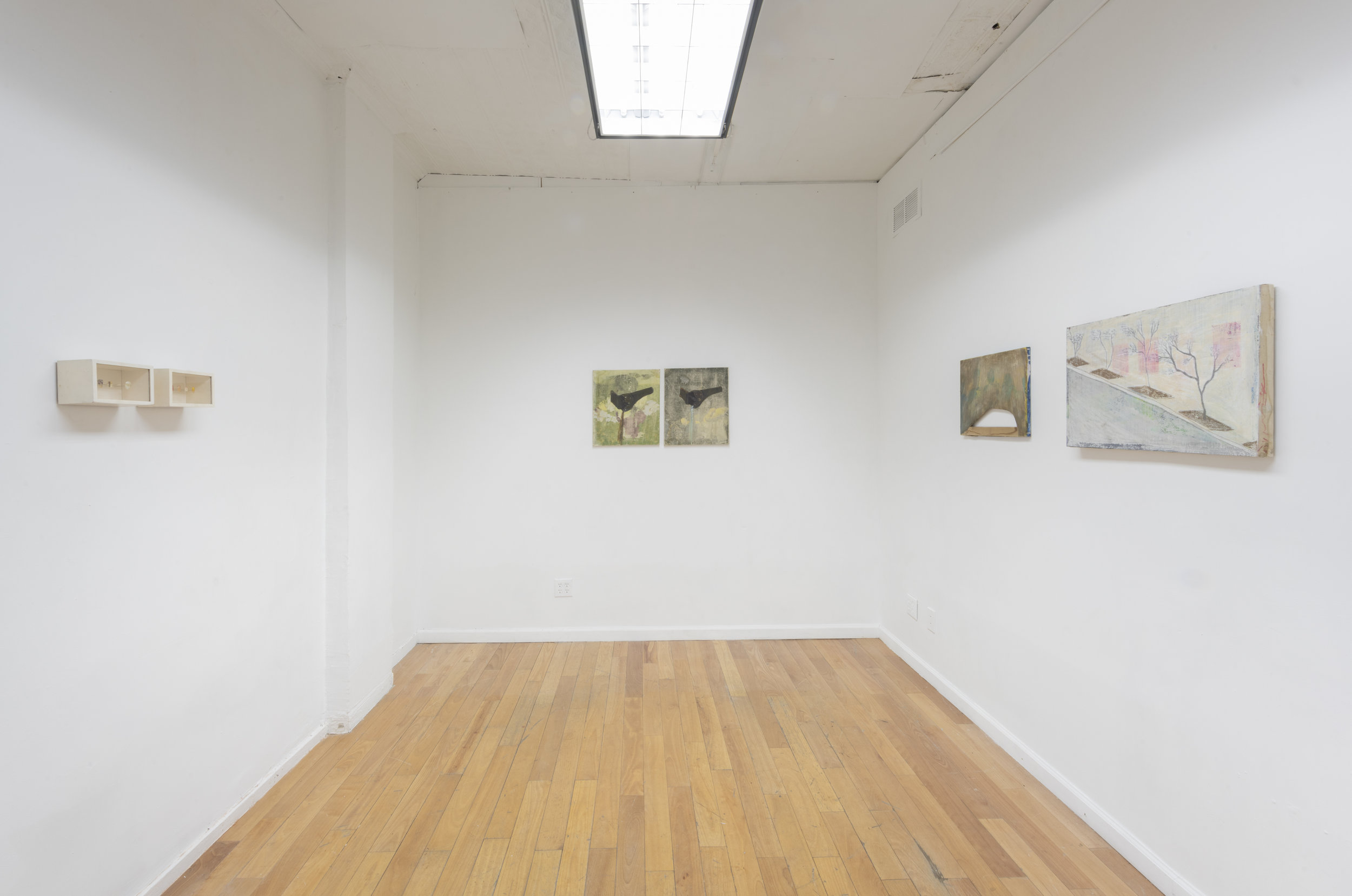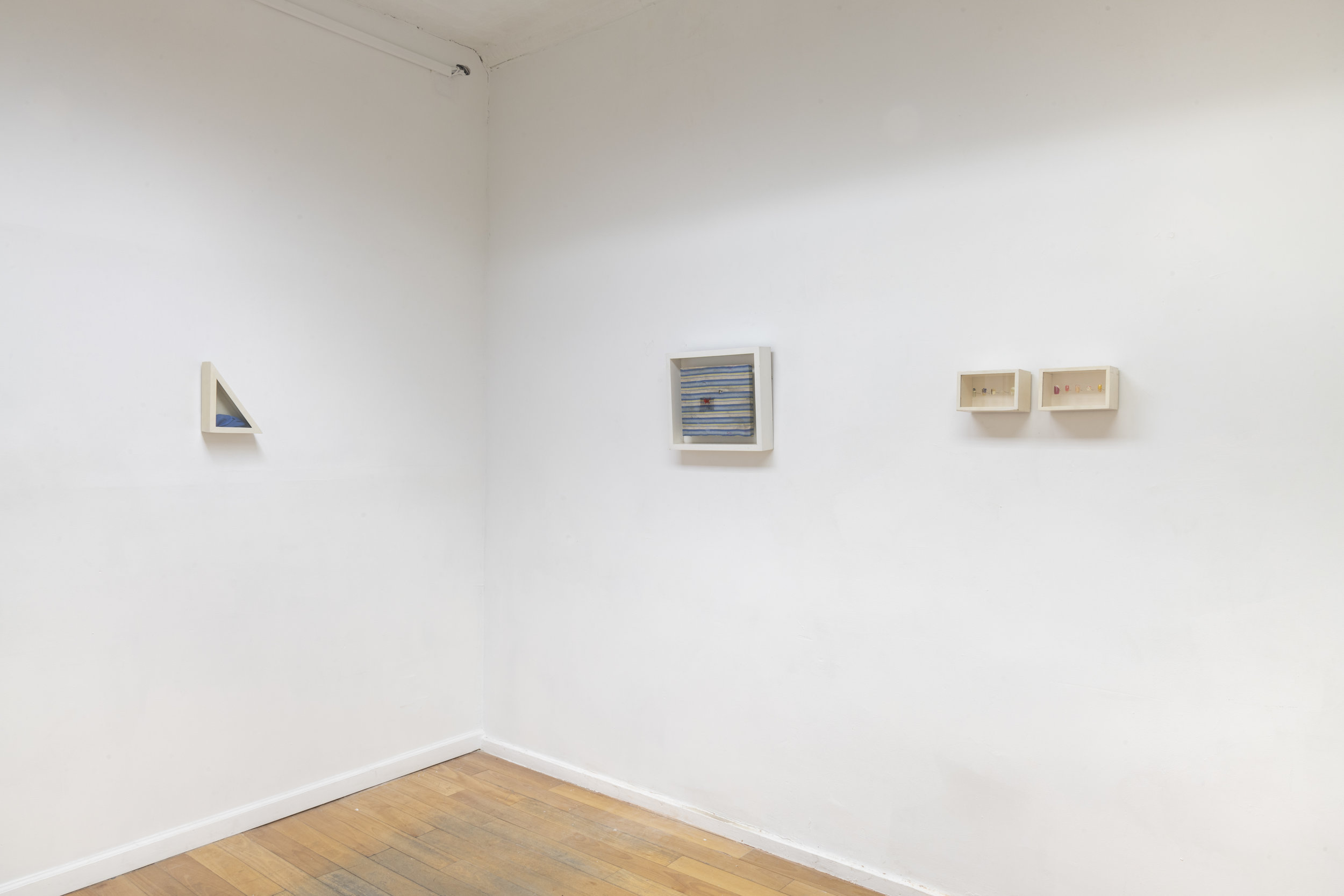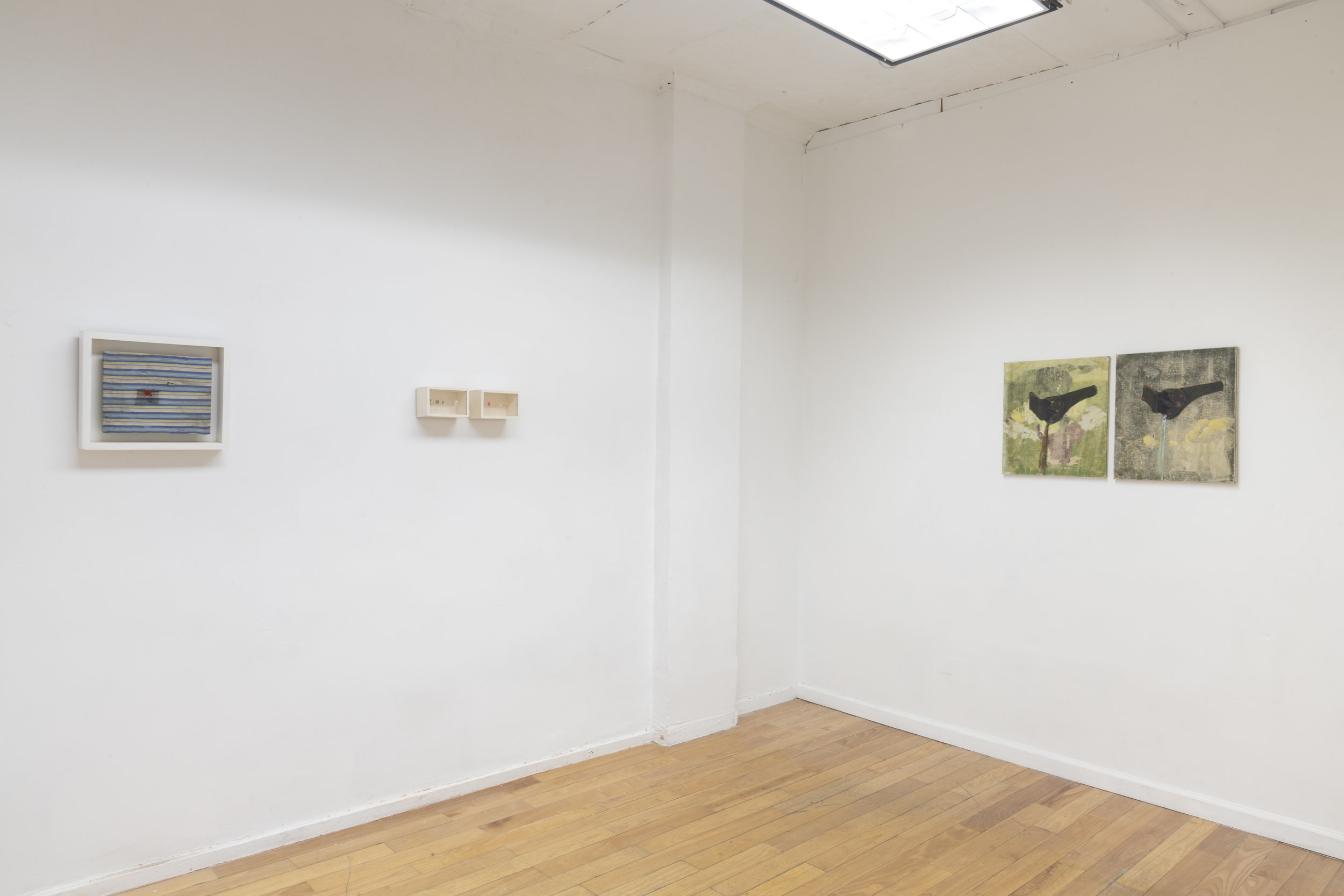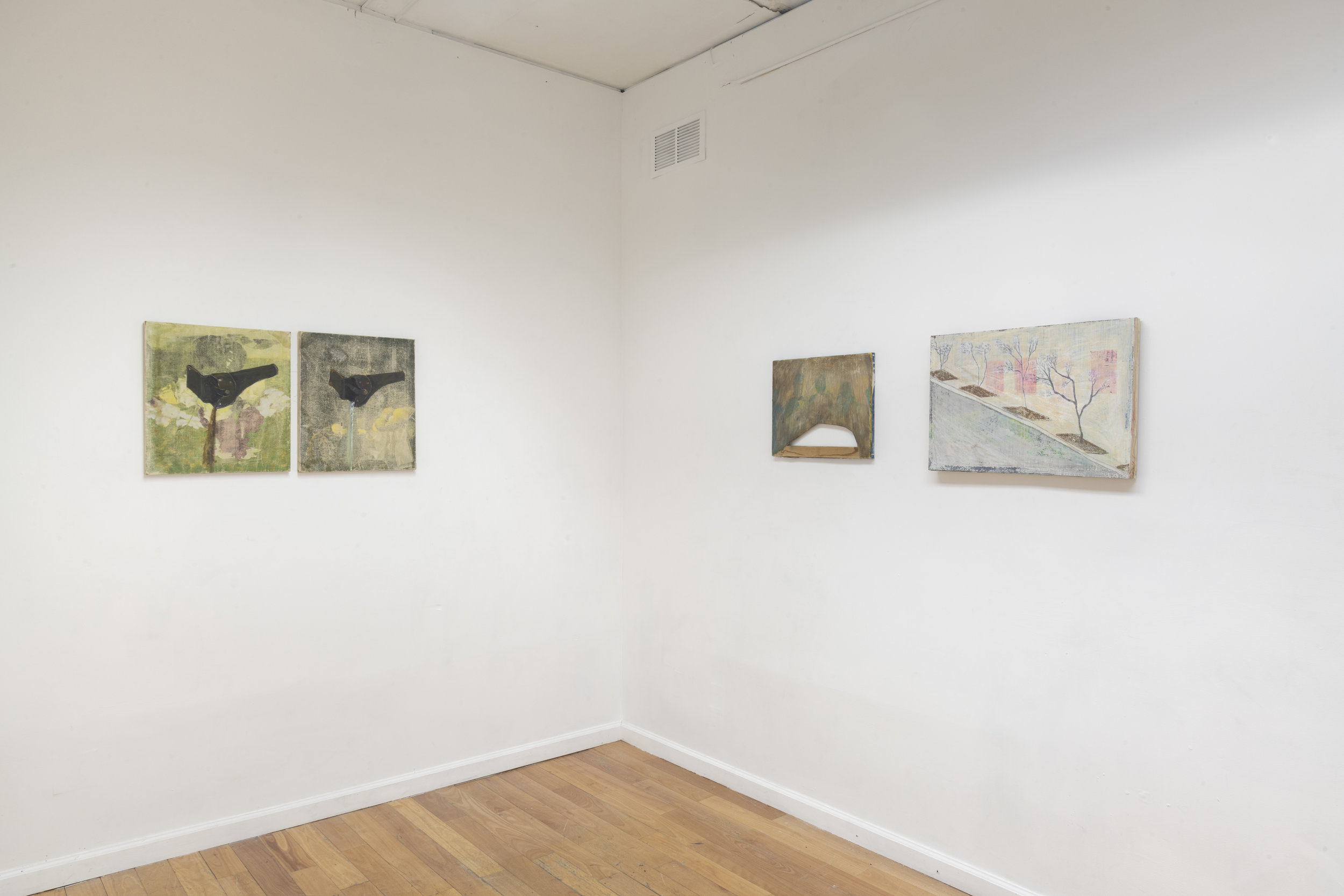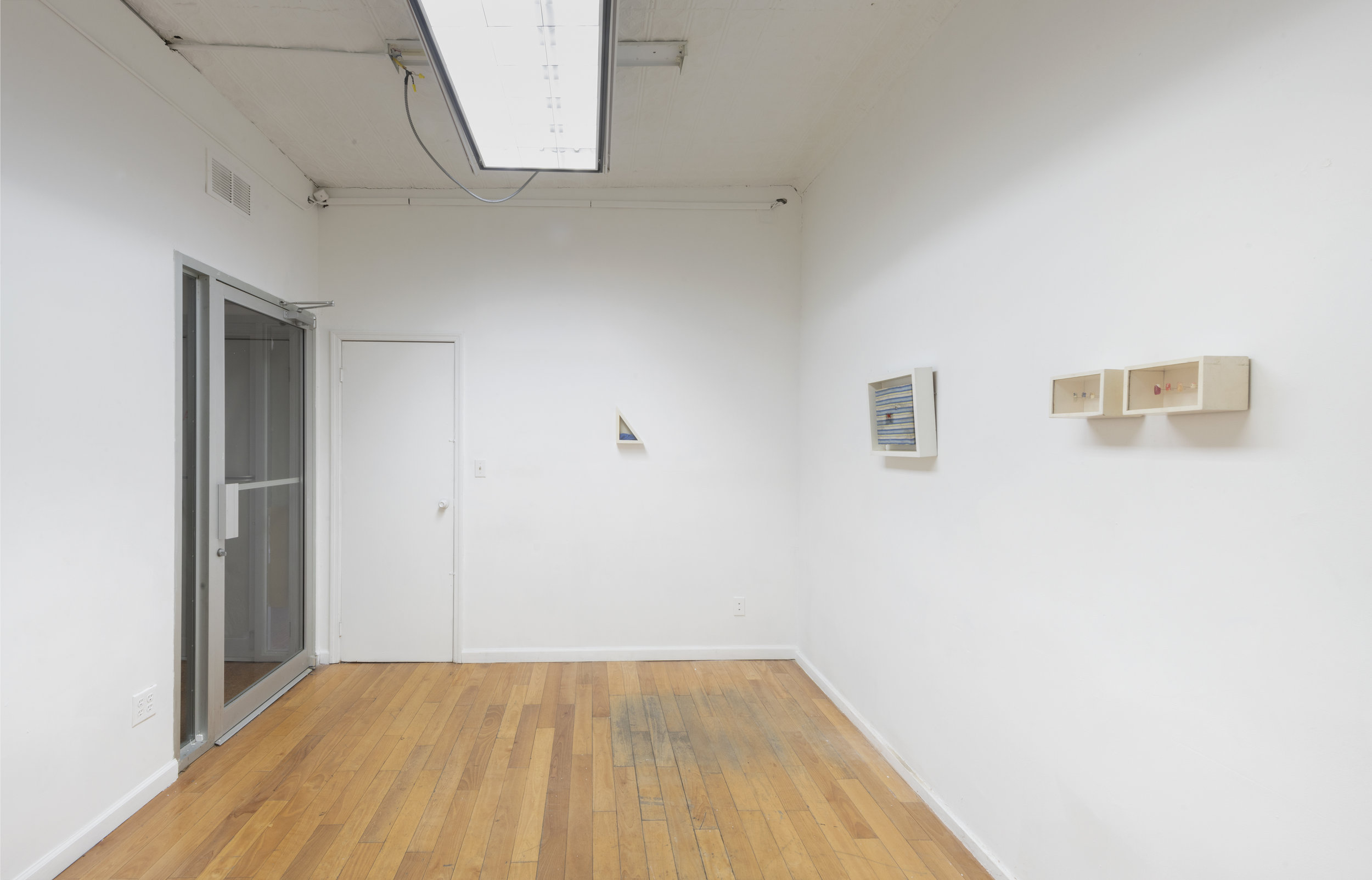CONDO New York
Hosting El Apartamento, Havana
presenting José Manuel Mesías
June 27, 2019–July 26, 2019
Opening: Thursday June 27, 12–8pm and Friday June 28, 12–6pm
Long-running. From the farthest levels to the nearest ones.
Like composing a dramatic scenario: from scenography to the characters in the proscenium. Lack of style or, more specifically, the negation of the style, next to the inevitable (the pulse, the figurative, and the innate solution of the figures). In accordance with topics and state of mind, intention to handle a wide register of styles in each series: from naïve to academic style.
Even when objects have returned to the plane as negation or representation of the space, as fundamentalist devotion to the language of painting, painting tries to represent the depth of space-time with vehement awkwardness.
The painting as repetitive activity, as meditative activity.
To review the Cuban XIX century. To assume the mount and weeds as the homeland’s botanical garden. To flow on facts and dates structure. To drop threads or reading sketches (indexes) as probable entries to that territory. Index inspired by encyclopedic tricks, escorted by four sub-indexes (hyperlinks): Ejército Libertador (EL) [Liberation Army], Herbario (H) [Herbarium], Bestiario (B) [Bestiarum], Relicario (R) [Reliquary]. A repertoire which draws on other repertoires: The José Antonio Aponte’s painting book and the Yndice Alfabético de Defunciones del Ejército Libertador by Carlos Roloff; El Monte by Lydia Cabrera and Undesirable Plants by Pedro Sánchez and Haroldo Uranga; Diccionario de cubanismos o antillanismos by Alfredo Zayas y Alfonso, Esteban Pichardo, Fernando Ortiz; the Mitología cubana by Samuel Feijóo.
Mapping the independence wars imaginary and its key representations. Taking advantage of the map’s blind spots and anchoring there these conjectures (images). Details and uncertainty grow between scientism and vehemence. A cabinet of wonders where findings (artificial, natural, exotic and scientific) from the traveler’s explorations, delights of the curious and collectors, are grouped: pieces or pages absents, told by museums, archives, libraries, myths, passages, phrases, nightmares, relics, fetishes, portraits by memory. The symbolic architecture of the national project. To refer to the foundation stones. To deconstruct the sculpted truth, increasing the tales in a lot of possibilities.
Verse or strophe instead of the whole poem (this is: the painting). Art as other disciplines’ equal (poetry, music), where love and sadness are sang, where confessions and atonement exist. Language as a complement of symbolic constructions. Its limitation for describing the nature, its erasure or blot. The attempts to codify concepts and notions: the faith, the domesticity, the emptiness, the fear.
Contingencies, the immediate eventful. Solved ideas by the finding of object or objects that propose an unexpected idea. In the smallest objects and the daily trades, we can find the basic principles of the universe. There is a special wisdom in the popular thing close to the more sophisticated knowledge. There is the collection idea, the storage idea. Accumulation of the same type of objects that can acquire systemic nature, or tell a story with its own language.
The artifice rejection. Tautologies. Coincidences. Patterns and models. The sacred. The relic. The fetish. The effort to freeze memories. Behind everything, the being’ precariousness, the precariousness of all absolutes. The almost perfect balance: Theorem versus Poetry = Reason versus Spirit = Cience versus Religion.
The dirty as biological and biographic accumulation. The dirty as seed, mark, evidence. The disgust (its negation or incorporation) spread in constructive impulses. The disgust as social mark (stage, state, frontier). The dirty as corruptive element of things, of the res-publica, of the reason, like the distinctive characteristic of Havana’s everyday life.
José Manuel Mesías is a Cuban artist specializing in painting, drawing, installation and video. Mesías from very young age, since 1998 to 2000, studied painting at the José de la Luz y Caballero Center in Havana, and then drawing at the Santa Clara Convent, in Havana, from 2001 to 2003. Then in 2003 he took classes of academic drawing and painting at the independent academy El Lluera. Between 2005- 2009 he studied sculpture at San Alejandro, the Fine Arts National Academy of in Havana, Cuba.
His first solo exhibition Demon Days at the Academy, in 2009, showed a selection of his portrait works and Silent Paintings series. After graduating he became professor of academic drawing at the Culture House in his home town Old Havana from 2009 to 2012.
Among his most relevant collective exhibitions are I Can Reed Now in 2011, at The Contemporary Art Center Wifredo Lam, Havana; Escaping with the Landscape in 2012, at the 11th Havana Biennial, at Havana’s Center for Art and Design; Cuban Video in 2014 at the MoCA, Cleveland; The Order of All Things in 2014 at Galiano Gallery, Havana; Rescued Trade at Servando Gallery in 2016, Havana; Cuba My Love at Galleria Continua, Les Moulins; Going Away Closer: Japan-Cuba Contemporary Art Exhibition. Spiral Cultural Center-Japan Foundation. Tokio, Japón in 2018.
Some of his most important solo projects are The Origin of Symmetry in 2012 at Havana’s Center for Art and Design; Uncertainty Principle in 2016 at Revolución y Cultura magazine, Havana; Images Index in 2017 at Factoría Habana which sums up the work made these past five years around Cuban XIX century history and where all his procedures meet and La línea recta no es la más corta, Azkuna Zentroa. Bilbao, España. One of his very important individual projects was the exhibition The Origin of Symmetry in March of 2012.
He lives and works in Havana, Cuba.
Condo takes its name from ‘condominium’ and is a large-scale collaborative exhibition of international galleries. Host galleries share their spaces with visiting galleries – either by co-curating an exhibition together, or dividing their galleries and allocating spaces. The initiative encourages the evaluation of existing models, pooling resources and acting communally to propose an environment that is more conducive for experimental gallery exhibitions to take place internationally.

